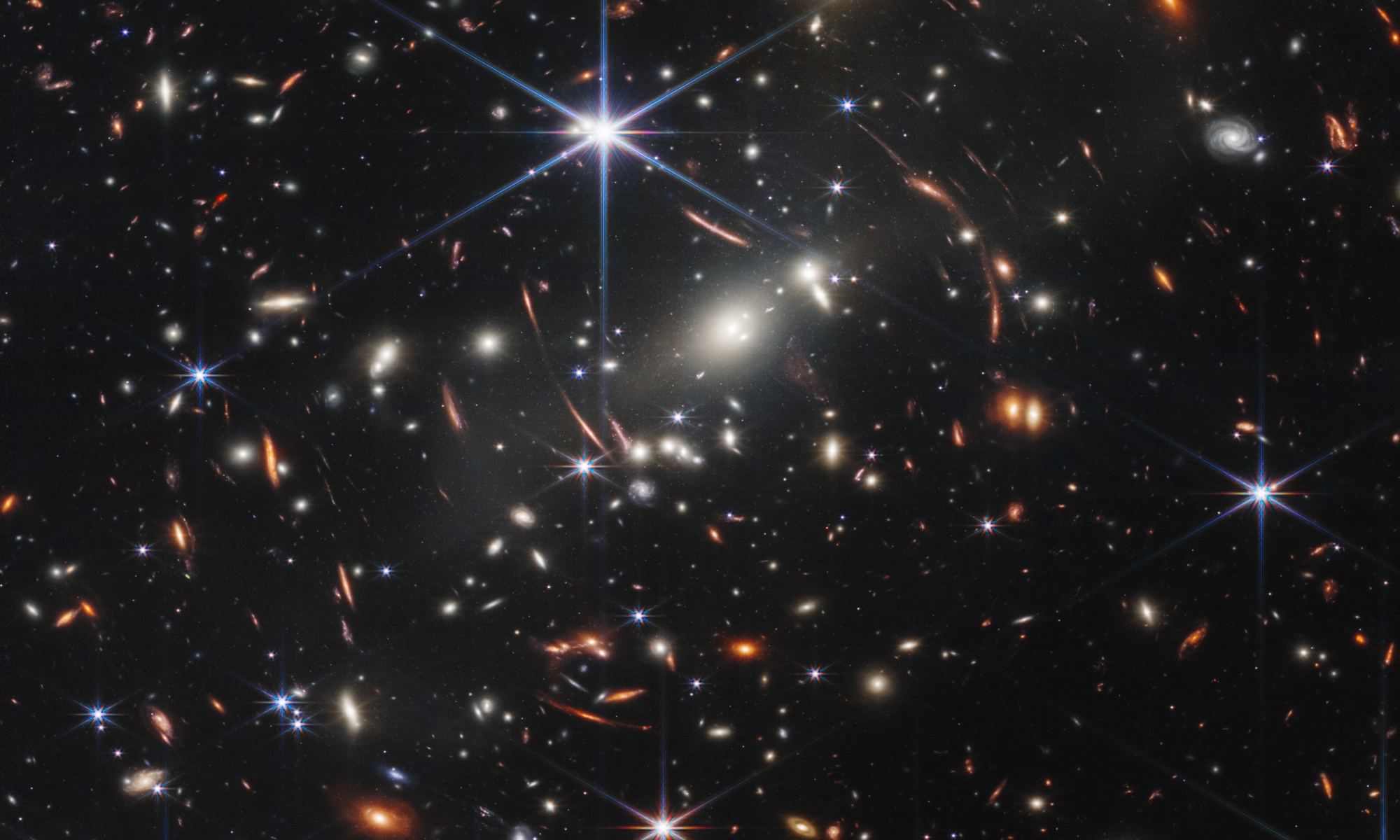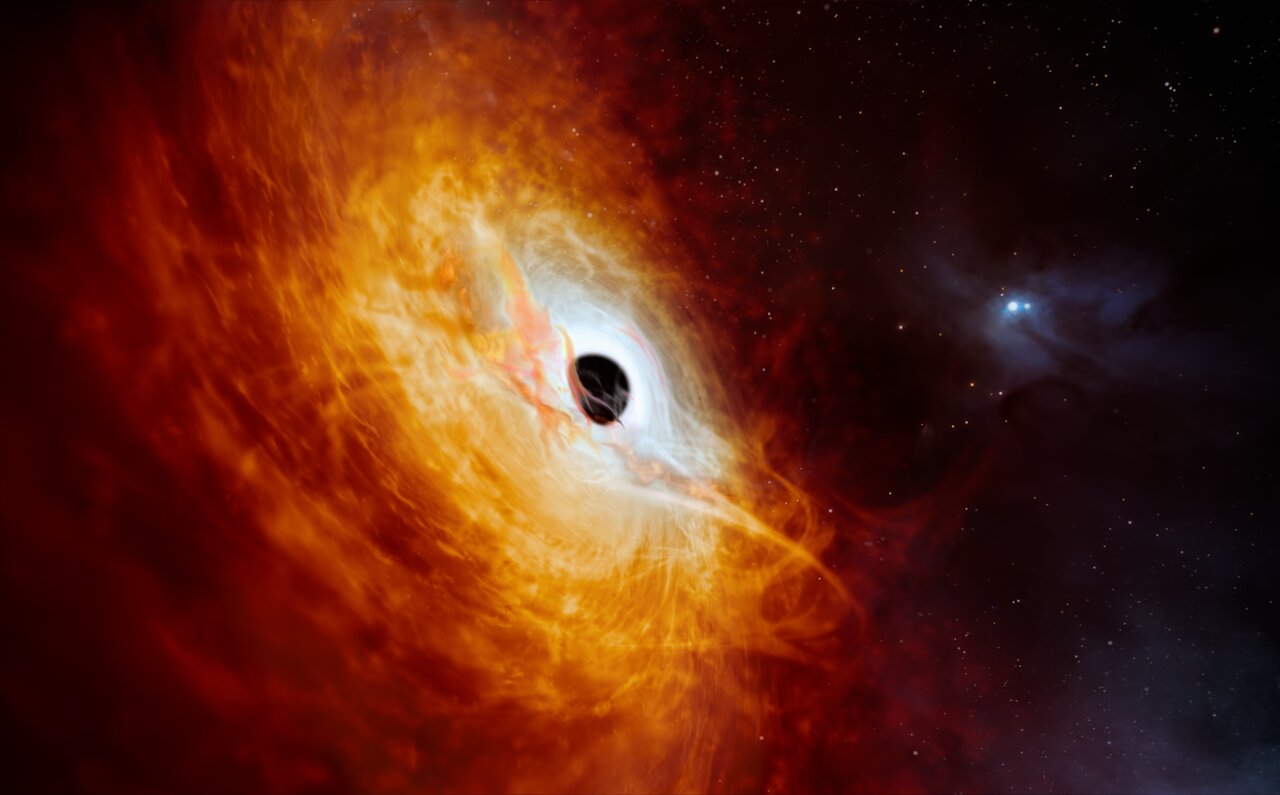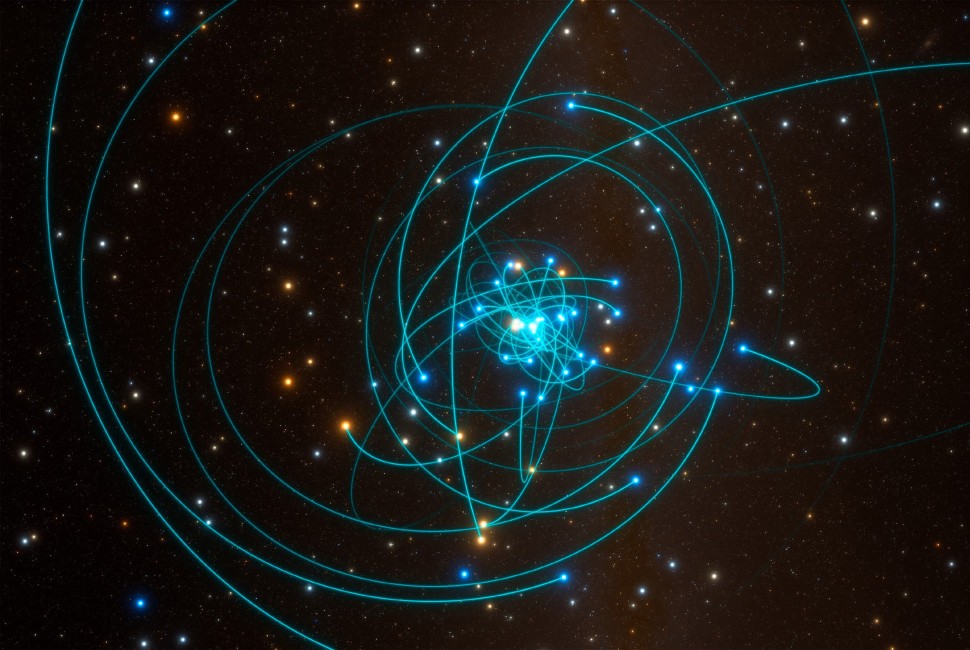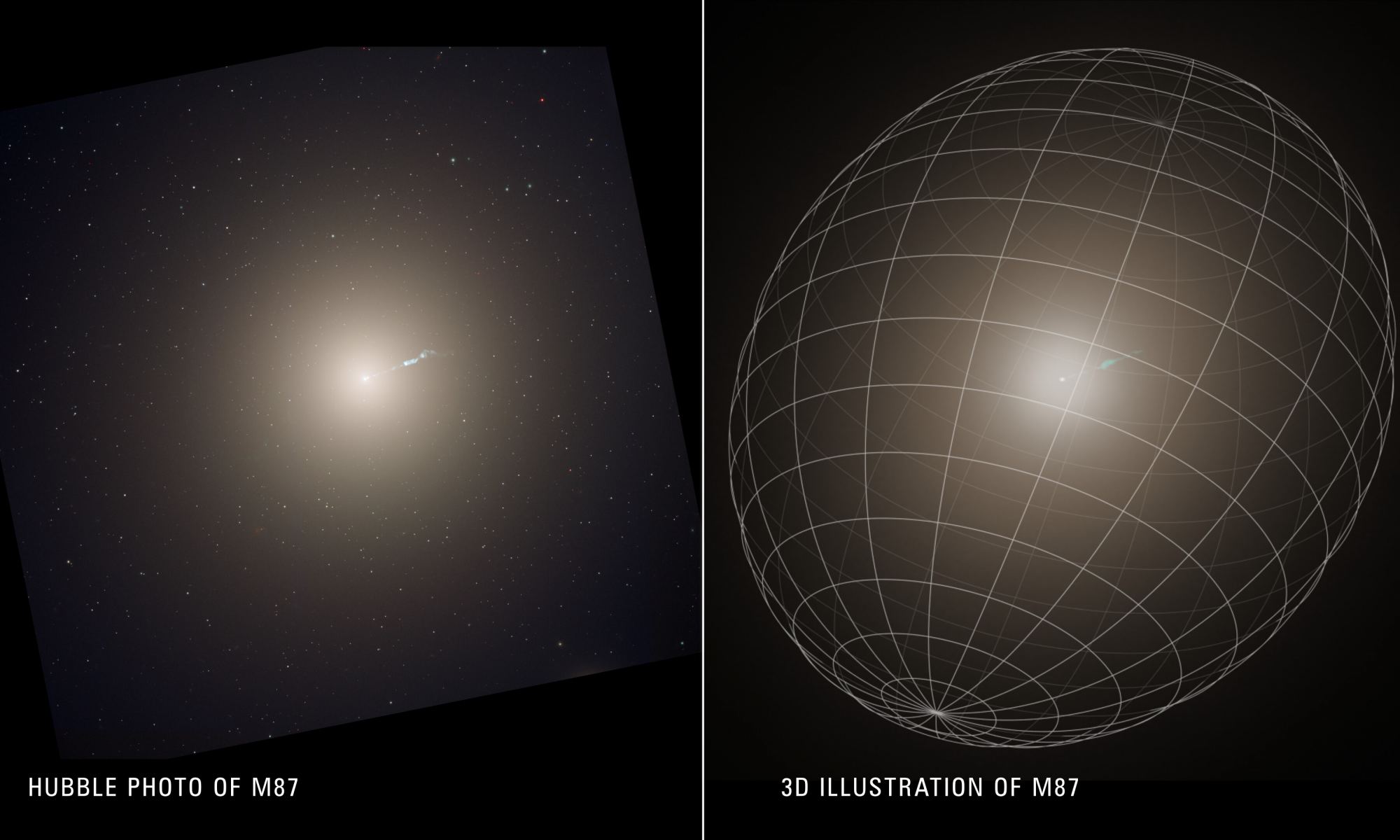Large galaxies like ours are hosts to Supermassive Black Holes (SMBHs.) They can be so massive that they resist comprehension, with some of them having billions of times more mass than the Sun. Ours, named Sagittarius A* (Sgr A*), is a little more modest at about four million solar masses.
Astrophysicists have studied Sgr A* to learn more about it, including its age. They say it formed about nine billion years ago.
Continue reading “The Milky Way’s Supermassive Black Hole Might Have Formed 9 Billion Years Ago”









